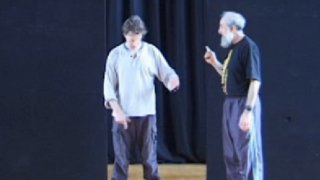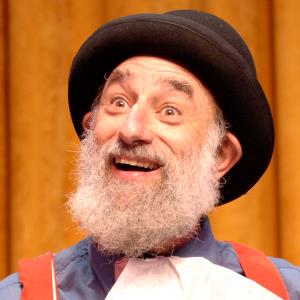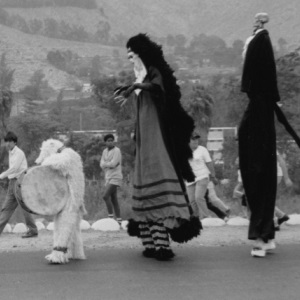An emphasis on large-scale spectacle and virtuosic achievement has always been integral to circus, an influential and continually evolving popular-theatre form. The idea of mass public circuses stems from early Roman times. The term then denoted both the open-air stadia built for entertainment as well as the name of such events themselves. The circular shape of circus tents echoes these ancient counterparts and presents a non-hierarchical auditorium for the spectators, encouraging a participatory inclusivity, where vocal responses, eating and drinking are encouraged and where the audience see each other across the dirt stage. The collective nature of circus spectatorship was alluded to by Karl Marx in his phrase ‘bread and circuses’, though he was suggesting that the masses could be fobbed off with such spectacles. Following Marx’s statement, debates focus on whether circus is socially liberating or oppressive for performers and spectators alike. Circus went through extensive transformation following the public rejection of animal participation in the 1980s. Now the popular Moscow and Chinese State Circuses, for example, with their multiple franchises operating simultaneously in different countries, rely instead on human skill and invention. Canadian group Cirque du Soleil (founded in 1984) has taken virtuosity to an unprecedented level and an astonishing scale and now runs a multi-million-dollar international business. In the face of such competition and promotion, small travelling troupes – of the kind immortalised in Federico Fellini’s films such as The Clowns (1970) – are having to adapt quickly.
There have been exciting innovations in what has been termed ‘new vaudeville’ or ‘new circus’, following the lead of experimental groups such as Australia’s Circus Oz, France’s Archaos and American clown Bill Irwin. New circus practitioners in the UK have investigated how their form can create hybrids with other media: notions drawn from performance art, dance and the theatre are energising circus, which is undergoing a renaissance. From the RCTP



